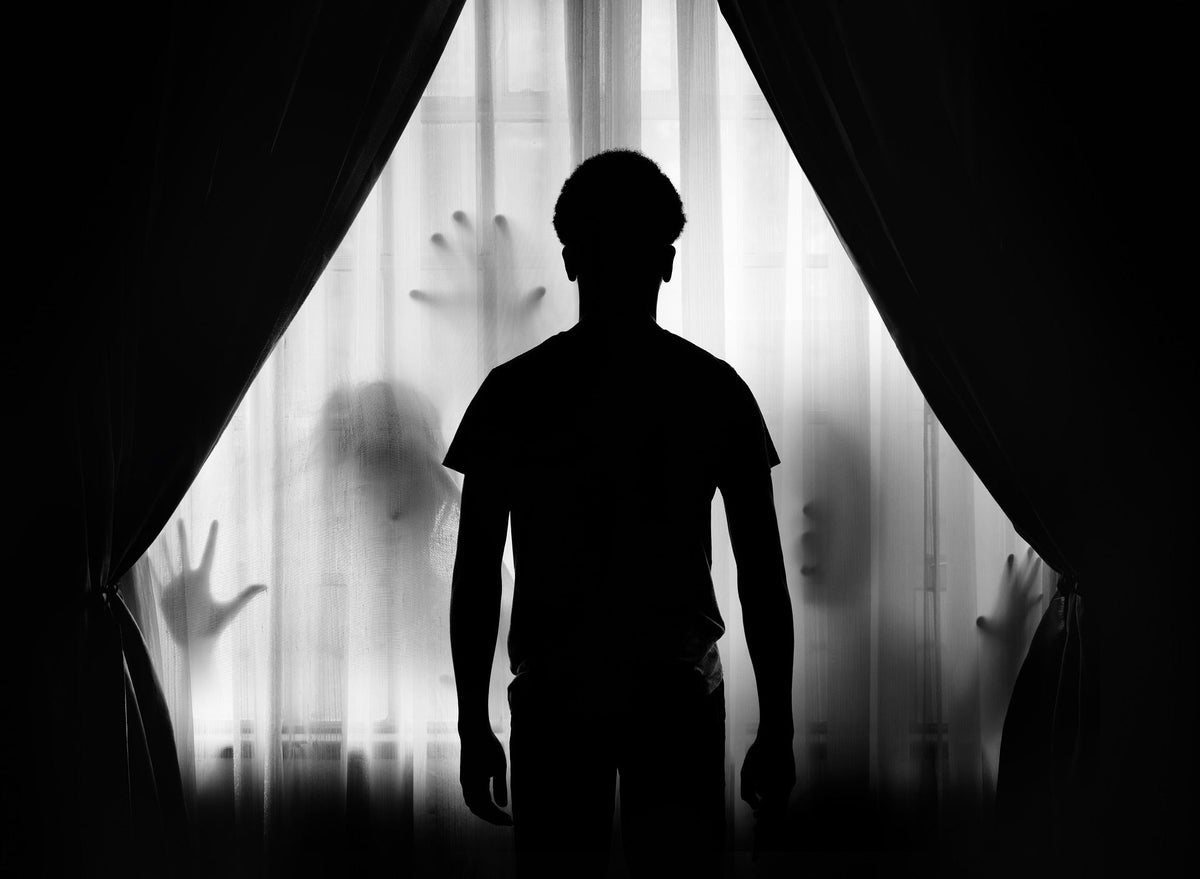
Shadows in Paranormal Investigation
|
|
In paranormal investigation where reality and the unexplained intersect, one intriguing facet captures the imagination – the detection and analysis of shadows. Some of these shadows can be shadows from spirits, or can be an entity some call “shadow people”. These ephemeral entities, often elusive and enigmatic, are believed by some to be harbingers of the supernatural. Today we delve into the world of shadow detection during paranormal investigations, exploring the methods, challenges, and considerations that investigators face in their quest to understand the unknown.
Before diving into the paranormal aspects, it's crucial to establish a foundation in the science of shadows. Shadows are cast when an object obstructs light, creating an area of darkness on the opposite side. This natural occurrence forms the basis for various optical illusions and visual phenomena that may be misinterpreted as paranormal.
The first challenge in shadow detection lies in distinguishing between shadows with natural explanations and those believed to be paranormal. Investigators must carefully inspect lighting conditions, environmental factors, and potential sources of reflection that could contribute to shadow-like anomalies. Rigorous documentation using cameras and other recording devices becomes a vital tool in this process.
Paranormal investigators often rely on advanced tools like infrared and full-spectrum cameras to capture shadows that may elude the naked eye. These devices extend beyond the visible spectrum, revealing potential anomalies that conventional photography might miss. There are even IR lights that one can attach to their existing cameras. The documented evidence serves as a crucial component in building a comprehensive case for paranormal phenomena. One of our favorite pieces of equipment for shadow detection is the Shadow Master.
In the pursuit of understanding shadows, research into various fields is extremely important. Researching photography, videography, and optics brings diverse perspectives to the investigation. The expansion of knowledge and skills helps in refining interpretations and identifying natural causes for observed shadows.
A well-rounded approach to shadow detection involves exploring the historical context of the investigated location. Local legends, past events, and documented occurrences may shed light on the potential origin of shadow phenomena.
Effective paranormal investigators are adept at debunking, systematically eliminating possible explanations for observed phenomena. Experimentation with light sources, adjusting angles, and considering the impact of reflective surfaces are all part of the investigator's toolkit. The goal is to approach each case with a skeptical yet open-minded mindset, balancing the quest for evidence with critical thinking.